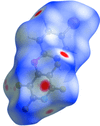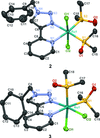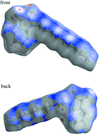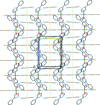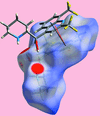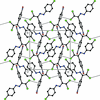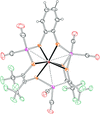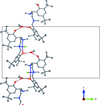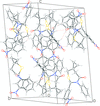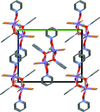issue contents
August 2019 issue

Cover illustration: Metallamacrocyclic complexes of transition metals have been studied extensively over the past years for their properties (magnetic, optical, catalytic etc.) and as building blocks to synthesize supramolecular assemblies and coordination polymers endowed with a porous structure. In this framework, the present paper describes the crystal structures of three isostructural heteropolynuclear 15-metallacrown-5 complexes based on an LnCu5 core (Ln = Gd, Dy, Ho) and glycinehydroxamato as ligand. These complexes are discrete entities, due to the presence of the carbonate counter-ion which is coordinated in the apical position by the Ln ion, thus hampering the formation of polymeric structures. Their molecular structure, obtained with high-quality data, has been used as a model to re-evaluate the formula of a previously reported EuCu5 complex with glycinehydroxamate. See: Pavlishchuk, Naumova, Zeller, Calderon Cazorla & Addison [Acta Cryst. (2019). E75, 1215-1223].
research communications


















































Crystal structures of an imidazo[1,5-a]pyridinium-based ligand and its (C13H12N3)2[CdI4] hybrid salt






























 journal menu
journal menu














